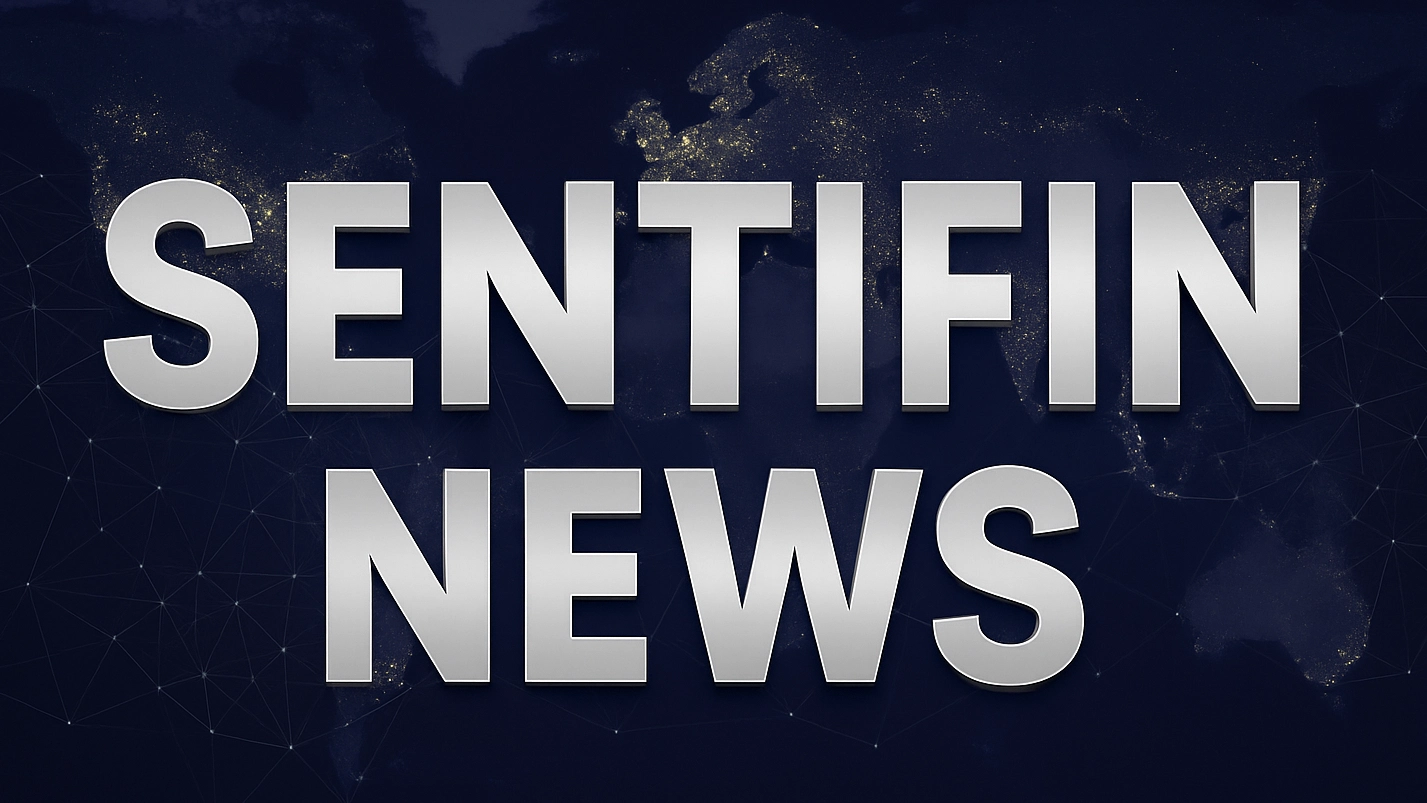Treasury yields are flat as investors wait to see how long government shutdown lasts

News Summary
U.S. Treasury yields were largely unchanged on Wednesday as investors monitored the consequences of the government shutdown. The shutdown occurred after the Republican-controlled Senate and Democrats failed to reach an agreement on a federal funding bill. Democrats aimed to include an extension of healthcare tax credits for millions of Americans within the spending bill, which Republicans opposed.
Background
A U.S. government shutdown occurs when Congress fails to pass appropriation bills, leading to the closure of non-essential government agencies. This typically happens when political parties are at an impasse over budget or policy issues. In 2025, the administration led by President Donald J. Trump faces a Republican-controlled Senate and Democratic opposition on key legislation.
In-Depth AI Insights
What are the true underlying strategic motivations for both parties in allowing this shutdown to persist, beyond stated policy disagreements? - The Republican party, under President Trump, may view this shutdown as an opportune moment to implement desired policy changes, such as spending cuts or structural reforms, echoing aggressive strategies seen in the private sector. - Democrats, conversely, could be leveraging the shutdown to push for their priority legislation, like the extension of healthcare tax credits, aiming to demonstrate their commitment to social welfare and galvanize their voter base for future elections. - Both sides may be strategically positioning themselves for the 2026 mid-term elections, using the shutdown to solidify their core support. How might extended government shutdowns under the Trump administration fundamentally alter investor perception of US sovereign debt stability, even beyond immediate credit rating impacts? - Frequent or prolonged government shutdowns erode investor confidence in the U.S. political system's ability to govern effectively, which can be more damaging than a single credit rating action. - While economists generally suggest short-term shutdowns have little impact, President Trump's threat of permanent layoffs signals an executive branch willing to escalate pressure, potentially leading to longer and deeper shutdowns. - Moody's already downgraded the U.S. credit rating in May, noting a potential further downgrade if policy effectiveness or institutional strength erodes. A sustained shutdown would directly validate this institutional risk, increasing long-term financing costs. Given the historical notion that shutdowns have had little impact on the real economy, what makes this instance potentially different? - This shutdown is distinguished by the explicit "strategic" stances of both parties, rather than simple negotiation failures, which increases the unpredictability of its duration and impact. - President Trump's threat of permanent layoffs diverges from past shutdowns where employees were eventually reinstated, potentially inflicting more lasting damage on the labor market and consumer confidence. - The delay in releasing crucial economic data, particularly before a Federal Reserve meeting, will exacerbate market uncertainty and could force the Fed to make policy judgments with incomplete information, introducing new risks.